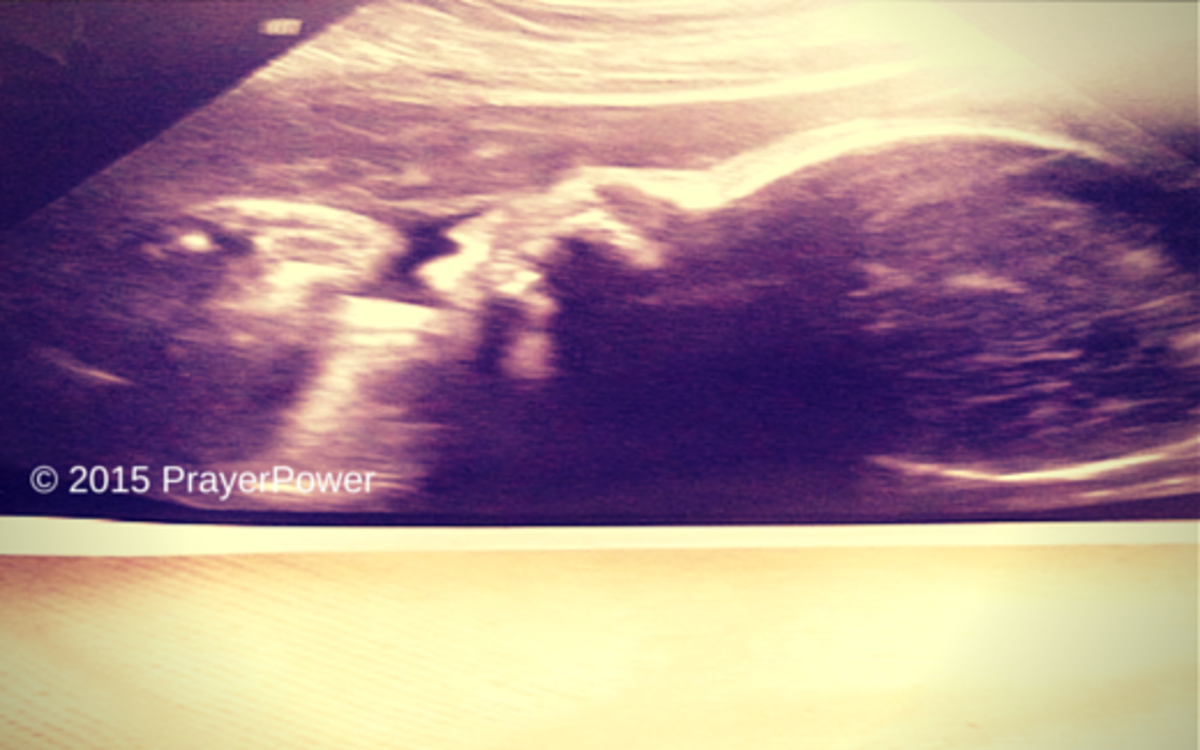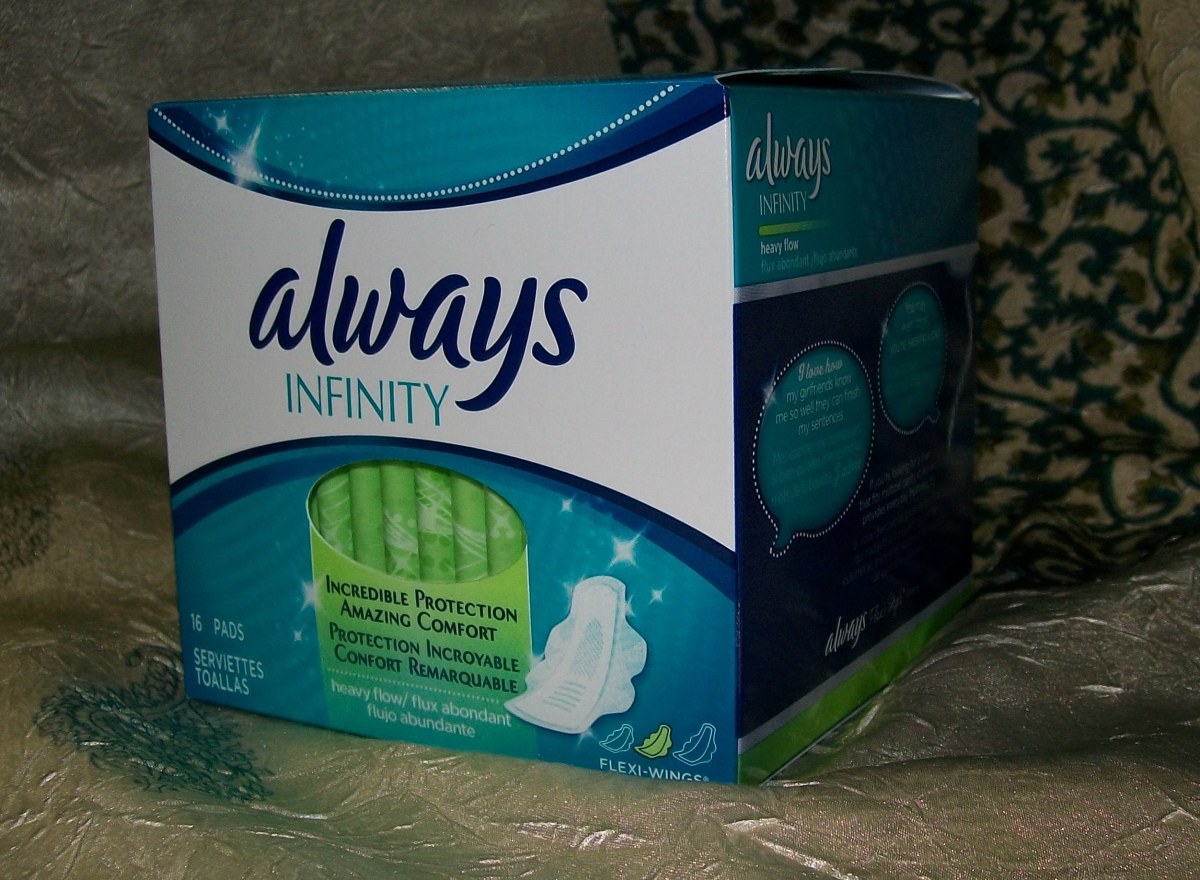Herbal medicines for women
Using herbs for wellness
Healing herbs for women
Herbalism is a holistic medicine system treating the whole body and not just the symptom. The following is an introductory guide only. If in any doubt consult a qualified herbalist practitioner.
Many herbal medicines come from a long tradition of use. A few, undoubtably, work only by the placebo effect but most effective herbal medicines in use have a complex of pharmacological active compounds, some of which have been isolated and prepared for use in conventional medicine. Herbs used as medicine need to be treated with respect as there is a tendency to see herbs as being "natural" and therefore "safe". This may not be the case particularly in pregnancy. It is also impossible to control the "dose" of the active ingredient when tinctures and teas are being prepared.
Why then use herbal medicines? And why should women, in particular, consider using herbs? Menstruation, pregnancy and the menopause are not illnesses, yet problems with any of these entirely natural stages in a woman's life can make women feel very ill and interfere with quality of life. Many women struggle on unwilling to seek a pharmacological solution, believing that they should be well without the help of the medical profession. It is in these circumstances that the timely use of herbal remedies can sometimes be of great benefit. In this hub I list some of the herbs that are used in traditional remedies to help with women's health issues.
Herbs can be brought dry from health and whole food stores or ordered on line, but many can be grown so they can be used fresh. in some cases the fresh herb is unsafe to use directly and prepared dried herbs should be used. These can be obtained from health food shops, herbalists or suppliers of traditional Chinese medicines.
Herbs to use pre-, during and post menopause contain oestrogen-like compounds, or precursors of natural oestrogens. To control the symptoms of early menopause - Angelica sinensis is very useful. It aids in oestrogen replacement, and also contains vit E and iron.
Black cohosh also contains natural precursors to oestrogen. It also controls hot flushes and night sweats. Not only is it a useful alternative to hormone replacement therapy it also helps to reduce depression that is common during and post menopause. Many women are able to use Black cohosh as an alternative to diazepam (valium)
Chasteberry works through the pituitary gland and is a useful herb to treat symptoms of the menopause. As it is known to reduce libido many women do not consider its use but its libido reducing effect seems to be limited to women of child-bearing age as women during trials said that it did not reduce libido post menopause.
For post-menopausal women Ginkgo biloba is very useful. It improves blood flow relieving symptoms of cold hands and feet. It helps to reduce the forgetfullness that comes with age. It improves mental health and reduces peripheral vascular disease.
The herbs of most use for women include:
1. Dandelion. (Taraxacum officinale)
Both root and leaves can be used. This is a common country remedy. To use it chop leaves and root finely, simmer in boiling water and serve as a tea.
Uses: as a diuretic and laxative. It is helpful to reduce bloating and water retention. It is also good as a mild laxative to treat mild cases of constipation. The leaves can be used to treat iron-deficiency anaemia.
2. Fennel (Foeniculum vulgare)
Both the seeds and roots can be used. This vigorous perennial herb is common in gardens and once established will flourish like a weed, coming back year after year. The leaves and seeds are used fresh and dried in cooking and is particularly good with fish and pickling and preserving. It has a mild aniseed taste and can be used where recipes call for dill seeds.
Uses: Fennel tea can be used as an anti-spasmodic and to prevent indigestion. It is good to take fennel tea after a meal.
Fennel tea also helps stimulate the production of breast milk. Fennel tea drunk before rising in the morning can help with morning sickness in early pregnancy, but it is important to avoid overusing this in pregnancy.
3. Borage (Borago officinalis)
Another vigorous garden plant with beautiful star shaped intensely blue flowers. This is one for the back of a flower border.
Leaves, flowers and seeds can be used.
Uses: Borage can be used as a diuretic to reduce bloating. It has anti-inflammatory properties and is a useful tonic and helps to alleviate depression. It has a higher gamma-linoleic acid content than evening primrose, and can be used in the same way, to reduce premenstrual syndrome. Also good for nursing mothers as it helps promote breast milk production.
4. False unicorn (Champaelirium luteum)
The rhizomes and roots are used.
This is not native to Europe and is found in the US.
Uses: This is a powerful reproductive system tonic , used to treat dysmennorhea, and painful periods and to reduce risk of miscarriage. In pregnancy it should not be used unless under proper medical supervision.
5. Cramp bark (Viburnum Opulus)
This is also known as the Guelder Rose. It is a native of Europe and Asia and has been introduced to the US. It is an attractive small tree and is often found planted in hedges or as a garden ornamental. It produces large attractive red berries which are mildly toxic and can cause vomiting and diarrhroea.
The stem and bark are used.
Uses: Boiled in water it makes a decoction which can alleviate menstrual cramps, and control heavy periods. It can be used after childbirth to settle the uterus. It also is a muscle relaxant and can be used to treat back pain.
6. Chaste tree (Vitex agnus castus)
This is a beautiful tree of warm temperate and sub-tropical regions.
The fruits can be eaten directly or made into a tincture or decoction or herbal tea. It is called the chaste tree because of its reputation as an anaphrodisiac. (This accounts for its alternative name of “monks pepper” as it reputably was used by monks to reduce libido.)
Uses: It is used as a reproductive tonic for males and females. It controls symptoms of premenstrual tension. It is useful during the menopause and is also used to treat missed periods as it has a “balancing effect” on hormones. Generally it is a useful uterine tonic. It should not be used during pregnancy and it should not be taken with artificial hormone replacement therapy or with the contraceptive pill which both contain progesterone.
7. Ginger (Zingiber officinale)
This is an easily available culinary spice and can be bought fresh as a rhizome or dried or dried and powdered. It is also available crystallised.
Uses: It is useful to control nausea and in moderation can be used to control morning sickness although high doses should be avoided during pregnancy. In any form it is useful to alleviate indigestion and ginger tea can be used after meals. It is anti-spasmodic and anti- inflammatory. It is used to induce menstruation.
8. Vervain (Verbena officinalis)
This is a European herb and has been used since antiquity as a herbal tea.
Uses: It is used as a “nerve tonic” as it alleviates migraine, anxiety and depression. It can be used to treat painful menstrual cramps and as a general relaxant. Its use should be avoided during pregnancy.
9. Marigold (Calendula officinalis)
This is a popular garden plant and is widely grown for its beautiful orange flowers. Leaves and flowers are edible.
Uses: Extracts of marigold have anti-fungicidal and bactericidal properties. Marigold creams and tinctures are used to treat thrush, and to heal other skin conditions and sore nipples during breast – feeding. Marigold teas and decoctions are also used to treat delayed periods as it induces menstruation.
10. Chinese angelica (Angelica sinensis)
This is native to China as its name implies. It is used in Chinese and Korean medicine. It is believed to induce miscarriage and should not be used in pregnancy.
Uses: It is used to treat a range of gynaecological ailments including painful periods, fatigue, anaemia, and high blood pressure. It has a tonic effect and is an anti-spasmodic. The fresh roots are poisonous and so home preparations from fresh material are hazardous. It should not be used by diabetics.
11. Chamomile (Matricaria chamomilla)
This is a European plant found extensively in the wild. The daisy like flowers are used to make decoctions and herbal teas.
Uses: It has been used to treat sore stomach, irritable bowel syndrome, and to reduce anxiety and aid sleep as it has a calming and sedative effect. It also can be used topically in the form of a tincture or in a cream to treat thrush. It is effective against some mites and creams containing chamomile speed healing.
12. Black cohosh (Cimicifuga racemosa)
This is a tall rather unusual garden plant often called bugbane.
Uses: The roots and rhizomes are used to treat gloominess and depression. It is another hormone balancer and is widely used to treat symptoms associated with the menopause as an alternative to hormone replacement therapy. It is also used as a tonic and as an anti-spasmodic. It helps to ease menstrual cramps. It must be avoided in pregnancy but is used during labour to stimulate contractions.
13.Sage (Salvia officinalis)
This is a common culinary herb.
Uses: It is used as a herbal tea to dry up breast milk, to ease menstrual cramps, and to alleviate menopause symptoms such as hot flushes. Its use must be avoided during pregnancy though it is safe to use in cooking.
14. Lady's Mantle (Alchemilla vulgaris)
This is a member of a large group of plants in the rose family.
Uses: The leaves and flowers are use as a uterine tonic to treat symptoms of pre-menstrual tension, irregular and heavy periods. It has an anti-inflammatory effect. It must not be used in pregnancy.
15. Motherwort (Leonurus cardius)
This comes from the mint family and the leaves and shoots are widely used in Chinese medicine.
Uses: It contains a mild vasodilator and has a relaxing effect on smooth muscle and is used as a cardiac tonic (hence the species name) It also has an effect on the uterus helping to ease menstrual cramps, irregular and missed periods. It alleviates menopausal symptoms and insomnia. It is sometimes used in the last two weeks of pregnancy and during labour. The Chinese used it to prevent pregnancy and to control menstruation.
16. Wild Yam (Dioscorea villosa)
This is a vine found wild in North America.
Uses: The roots and rhizomes are used as a hormone balancer as they contain high levels of compounds similar to precursors of oestrogen and progesterone. Wild Yam extracts are used to treat menopausal symptoms and menstrual cramps and as an anti-spasmodic. It is probably wise to avoid it during pregnancy.
17. Raspberry leaves (Rubus idaeus)
Raspberry leaves make a delicious tea,
Uses: The leaves and fruits are used during labour to stimulate contractions and to reduce the risk of excessive bleeding. It is useful as a uterine tonic.
18. Blue Cohosh (Caulophyllium thalictridides)
Known as squaw root. It is found in Eastern North America in hardwood forests.
Uses: Roots and rhizomes are used as medicine by American Indians as a uterine tonic to ease pain in labour and to induce menstruation. Used in conjunction with other herbs European herbalists have used this plant to induce miscarriage. It should not be used in pregnancy. It is useful to treat pre-menstrual symptoms, delayed periods and as an anti-spasmodic.



